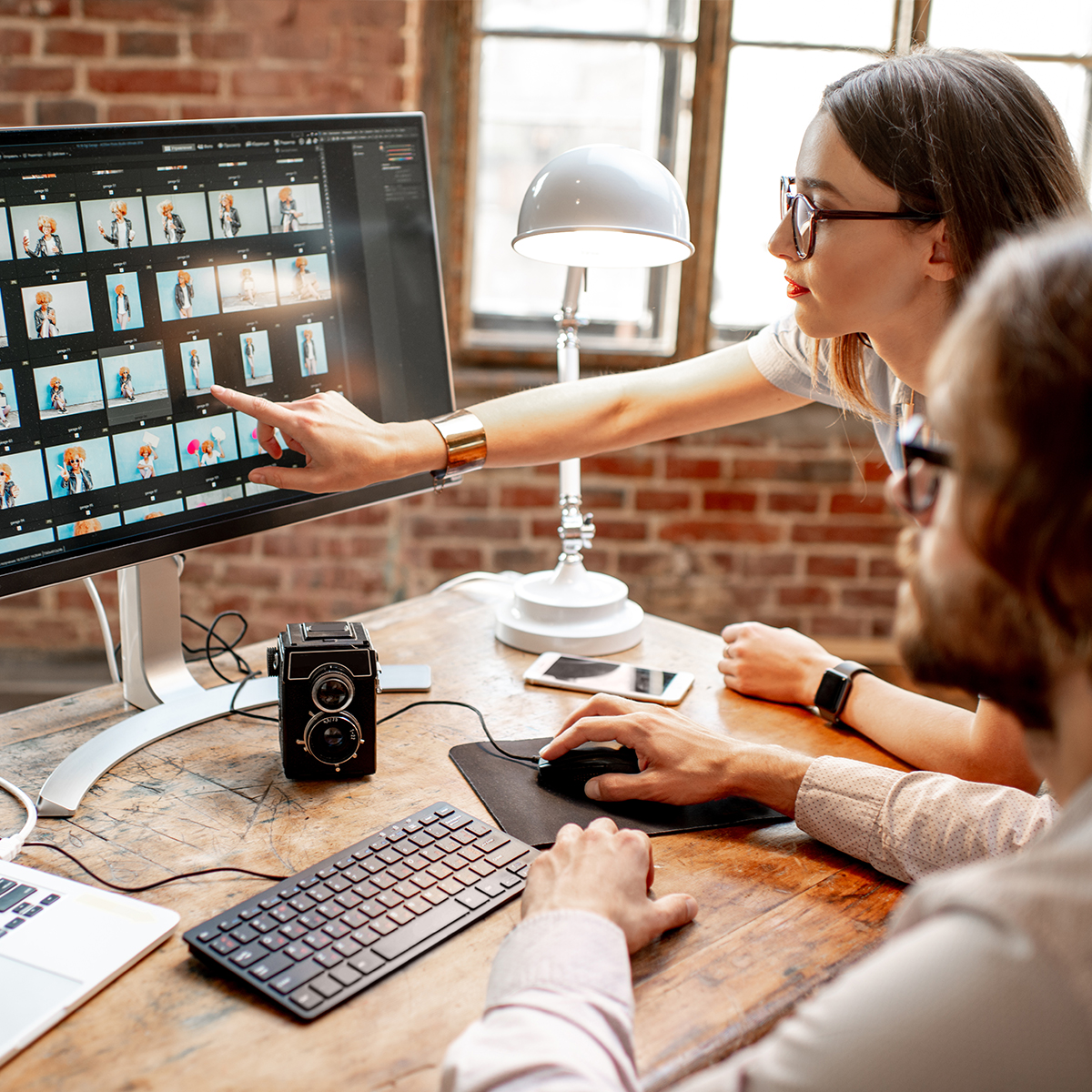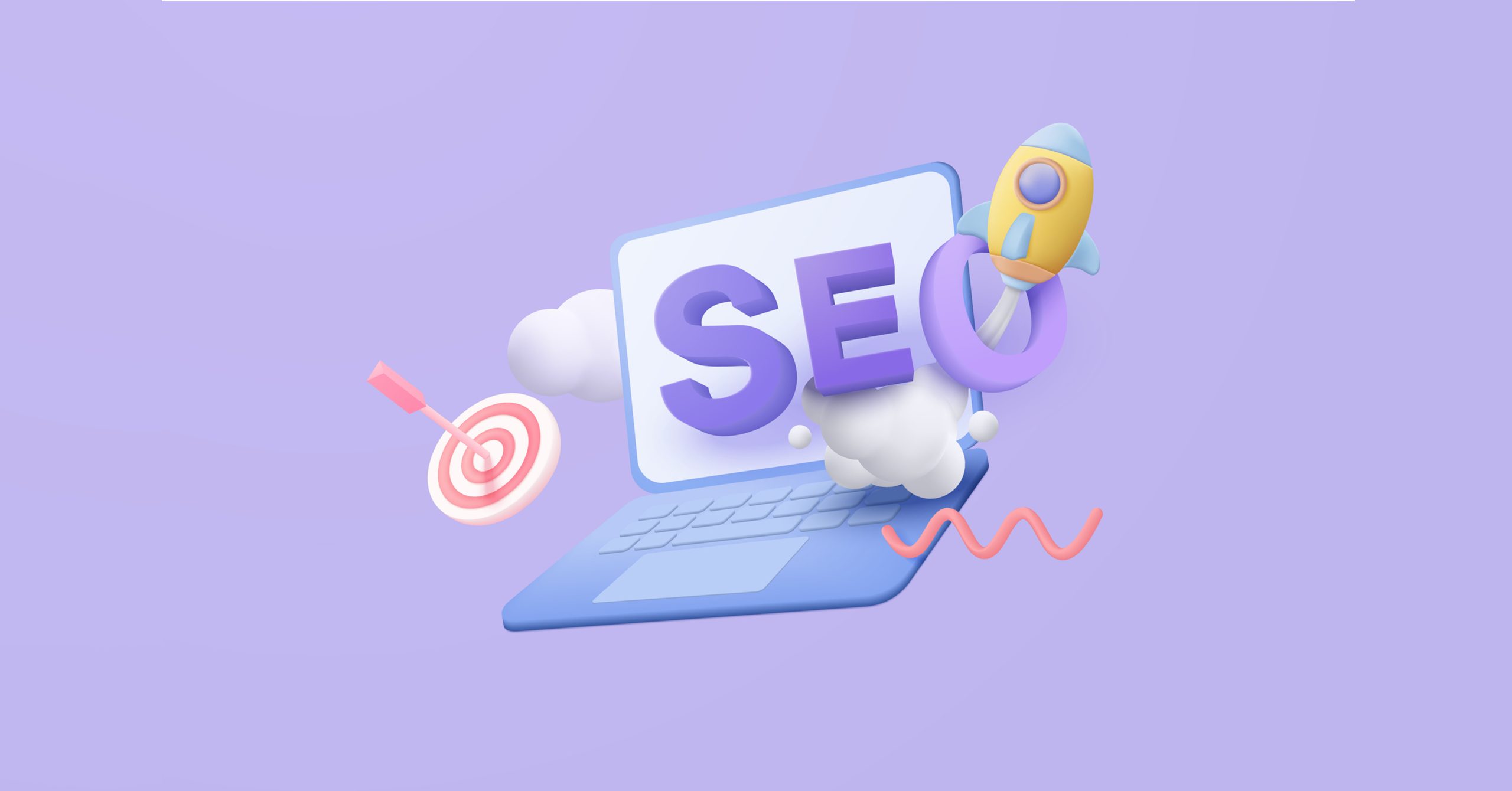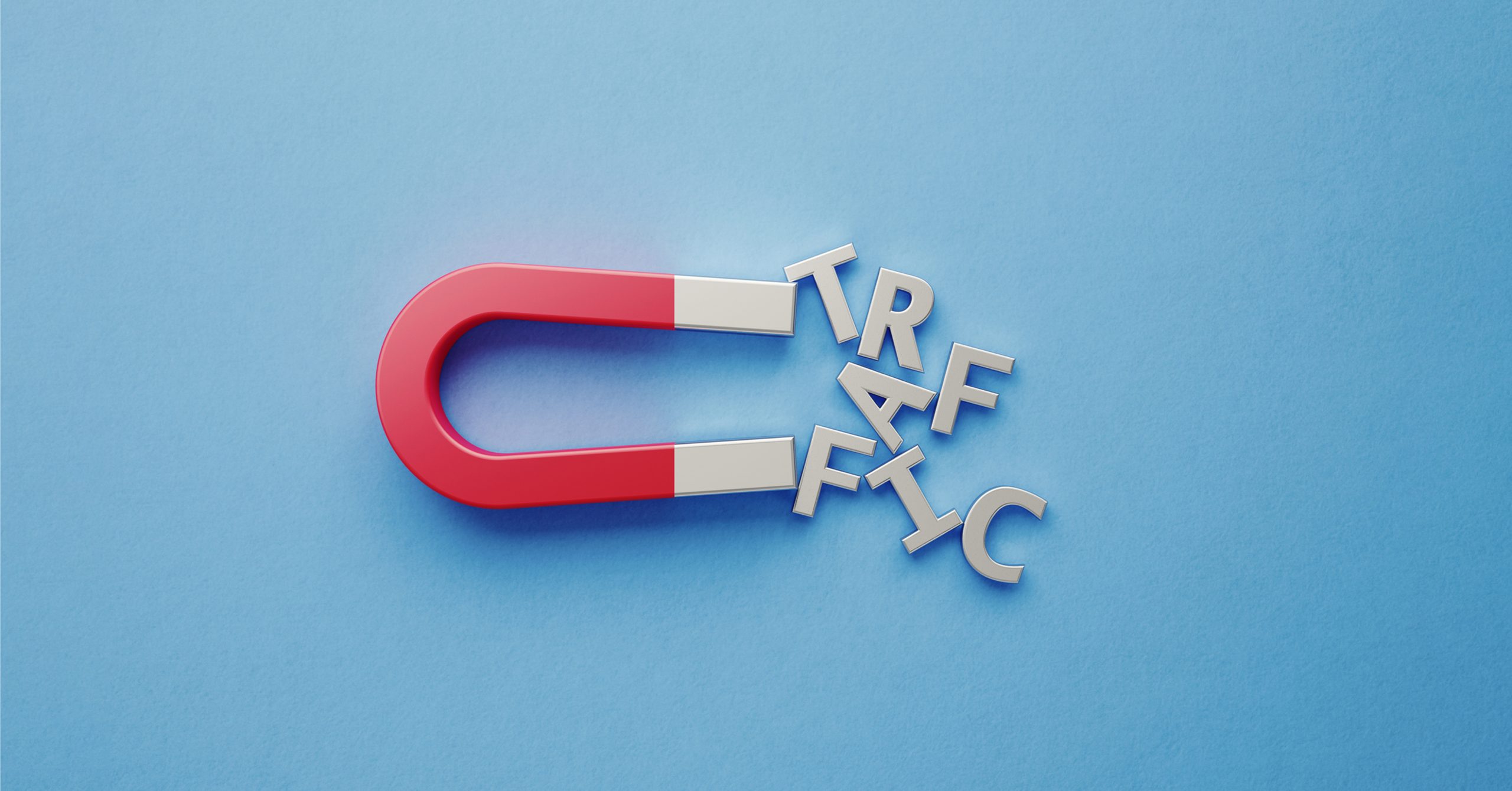Google recently announced the launch of multisearch, a function of Google Lens that allows users to search for products using images and text. This innovation will help make search better for the user but what does it mean for businesses and SEO?
What is Google multisearch?
To understand multisearch, we need to take a glance at Google Lens and some of its functions. Google Lens has been around since 2017 and has the moniker ‘search what you see’. This has been a handy tool for anyone who wants to identify something. For example, if you are out on your walk and see a flower or bird and want to identify their species, you simply take a photo of it and upload it to Google Lens for an instant answer. Google Lens even helps with homework such as math, science, history and more. Again, simply take a picture of what question you are stuck on, and Google Lens will show you the answer and how to work it out!
Google’s new tool Multisearch is a game-changer. It allows a user to search for something using both images and text. Currently, this feature is only available on mobile devices running iOS or Android, although Google has announced that it is coming to desktops in due course. Google Lens is a feature on desktops and still supports exceptional image search. As of now, if you search for anything on the web, say for example Westminster Abbey, Google Chrome will show you multiple images of Westminster Abbey. If you then right-click on an image, from the dropdown menu you can ‘Search image with Google Lens’ clicking on this will open a new browser window with visual matches. Looking at the image below, we searched for Westminster Abbey and then right-clicked to open Google Lens. Then we decided to focus on just one part of the abbey – the clock – which showed up in ‘visual matches.’

Image Credit – Google
How do I use multisearch?
As previously said, multisearch is still in development for desktops. However, on mobile devices, it is already looking impressive. Let’s look at the image below. The user wants to search for a dress, so they use the camera icon on the search bar to open Google Lens. The user then adds the image of the orange dress into Google Lens. This image can be one that the user has on their phone, or they can take a photo directly using the app. Google then proceeds to show the user multiple dresses that are similar to the original image. The user then decides to expand upon their search and look for a similar dress in green, so they tap on ‘Add to your search’ and type green in the search box. Google now shows the user similar dresses in green.
 Image credit – Google
Image credit – Google
In essence, Google allows a user to search for something using an image and then allows them to refine their selection further by using text. Using the above example again, using either the Google Lens app or the camera image at the end of the search box, the user could type in a short dress, maxi dress, strapless dress, party dress, linen dress and so many other combinations to get to the dress they wanted.
How will multisearch help with SEO?
While we don’t fully know how the new technology works, we do know that Google’s MUM AI model powers it. MUM AI is a powerful piece of automated technology that can answer complex questions using audio, video, image, and text and give the answer using information regardless of language.
Google is moving to a very customer-centric platform. Google wants users to be able to find exactly what they want without multiple questions and searches. We are betting that going forward, you are going to need to ensure that your ALT tags and descriptions are as comprehensive as possible to allow Google to search effectively for an end-user.
With that in mind, we recommend that you use the Google Lens app to check if you are appearing in relevant searches. You should as always look at what and how your competitors are ranking. Lastly, you may want to ensure your web pages have images and ensure that Google correctly indexes everything.
In a recent tweet, Google proposed that a ‘near me’ feature will be added in the coming months which will help local businesses greatly. This will profoundly affect local results and is undoubtedly fantastic news for local businesses trying to grow their business organically and will help with local SEO efforts. This could greatly increase the local search for businesses such as cafés and restaurants; for example, people could search with an image of curry and then click restaurants and near me. We think it is wise for businesses to start ensuring that they have plenty of images of the products and services they sell if they want to make to enable users to find their business via multisearch.

Google’s tweet about new features of multisearch
With all these updates to search capabilities, we would not be surprised if Google changed the SERP layout to highlight all these features.
At LOCALiQ, we pride ourselves on being experts on everything marketing and love to keep ahead of the new and emerging trends. If you want to keep up to date with the latest marketing updates and news, then sign up for our monthly newsletter.
Suggested Reading:
A beginner’s guide to getting started with SEO
Local SEO: A practical guide for beginners
Futureproof your business with Google Analytics 4





